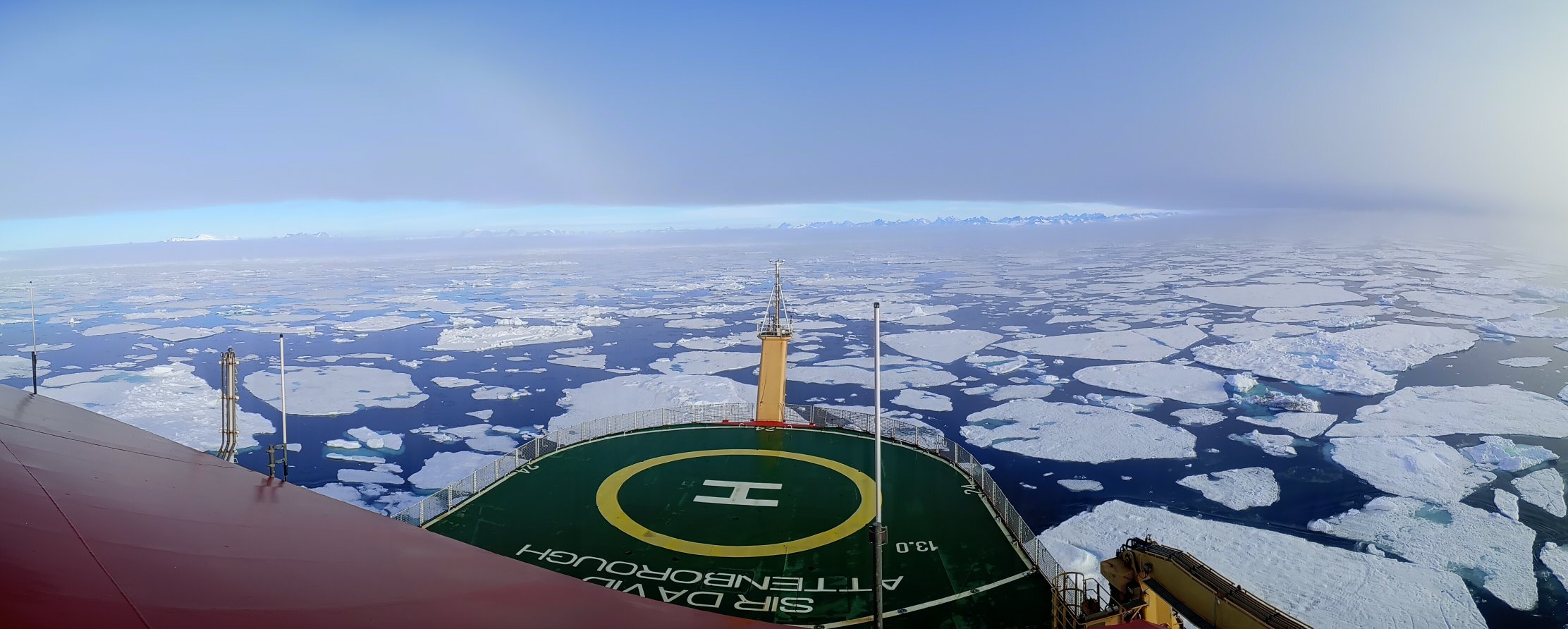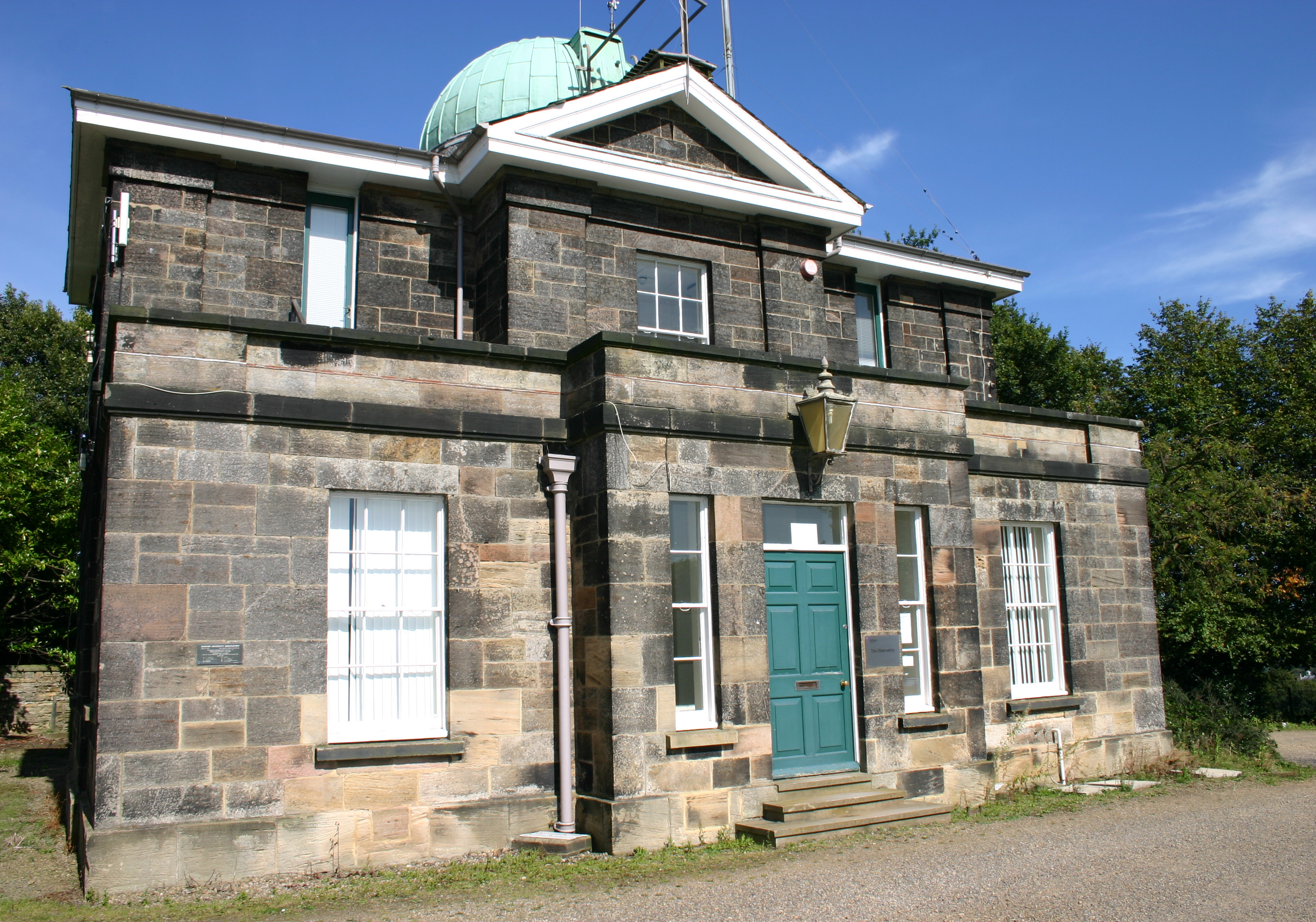Research and Impact
We are a world-leading research community of human and physical geographers conducting innovative and impactful research to transform lives and make a difference, globally and locally, addressing the pressing social and environmental challenges of our time.
Impacting the World
Our research culture is set up to generate research that is both intellectually innovative and impactful, addressing the key global challenges of our time and providing wider public and societal benefit.
Virtual Library
Much of our research takes final form in high-impact articles or books. But a considerable amount of our activity takes place in other mediums.
Sustainable Development Goals
Much of the research that we do and the impacts that we make are relevant to the pursuit of the United Nations Sustainable Development Goals (SDGs).
Research video interviews series
A series of short video interviews with members of our research community to give you a better insight into the work that they do, how and why.
Affiliated Research Units
Research on social and environmental complexity
Leading research on international boundary making
Critical, transformative health scholarship
An international hub for leading scholars
Research Masters
Our Research Masters provides an opportunity to develop your research expertise and advanced skills. Pursue your own top or collaborate on a project designed by a supervisor in our world-leading research environment.
Doctoral Study
Our doctoral programme offers an exceptional opportunity to pursue original exciting research projects in a community of supportive staff and fellow postgraduate scholars. Numerous funding paths are available for home and international students across both human and physical geography.
Social Sciences International Brochure
The stories presented in our International Brochure demonstrate sustained and positive engagement with international partners, particularly around work with social justice in society and the UN’s Sustainable Development Goals. Our 8 departments have funded research projects on every continent.
170 Years of Weather Data
Apart from the Radcliffe Observatory at Oxford, Durham University Observatory has the longest unbroken series of meteorological observations for any university in the UK.
Contact Us
Founded in 1928, the Department of Geography at Durham University is one of the leading centres of geographical research and education in the world.
Department of Geography
Postgraduate Study
Durham University
Lower Mountjoy
South Road, Durham
DH1 3LE, UK
Tel: +44 (0)191 33418000


/prod01/prodbucket01/media/durham-university/departments-/geography/Matt_Couchmann-3872X1296.JPG)


-1.png)


/prod01/prodbucket01/media/durham-university/research-/research-centres/ibru-centre-for-borders-research/IBRU-Master.png)
/prod01/prodbucket01/media/durham-university/research-/research-institutes/institute-for-medical-humanities/73771.jpg)
/prod01/prodbucket01/media/durham-university/research-/research-institutes/institute-of-advanced-study/43486.jpg)
/prod01/prodbucket01/media/durham-university/research-/research-institutes/institute-of-hazard-risk-and-resilience/43872-1.jpg)






